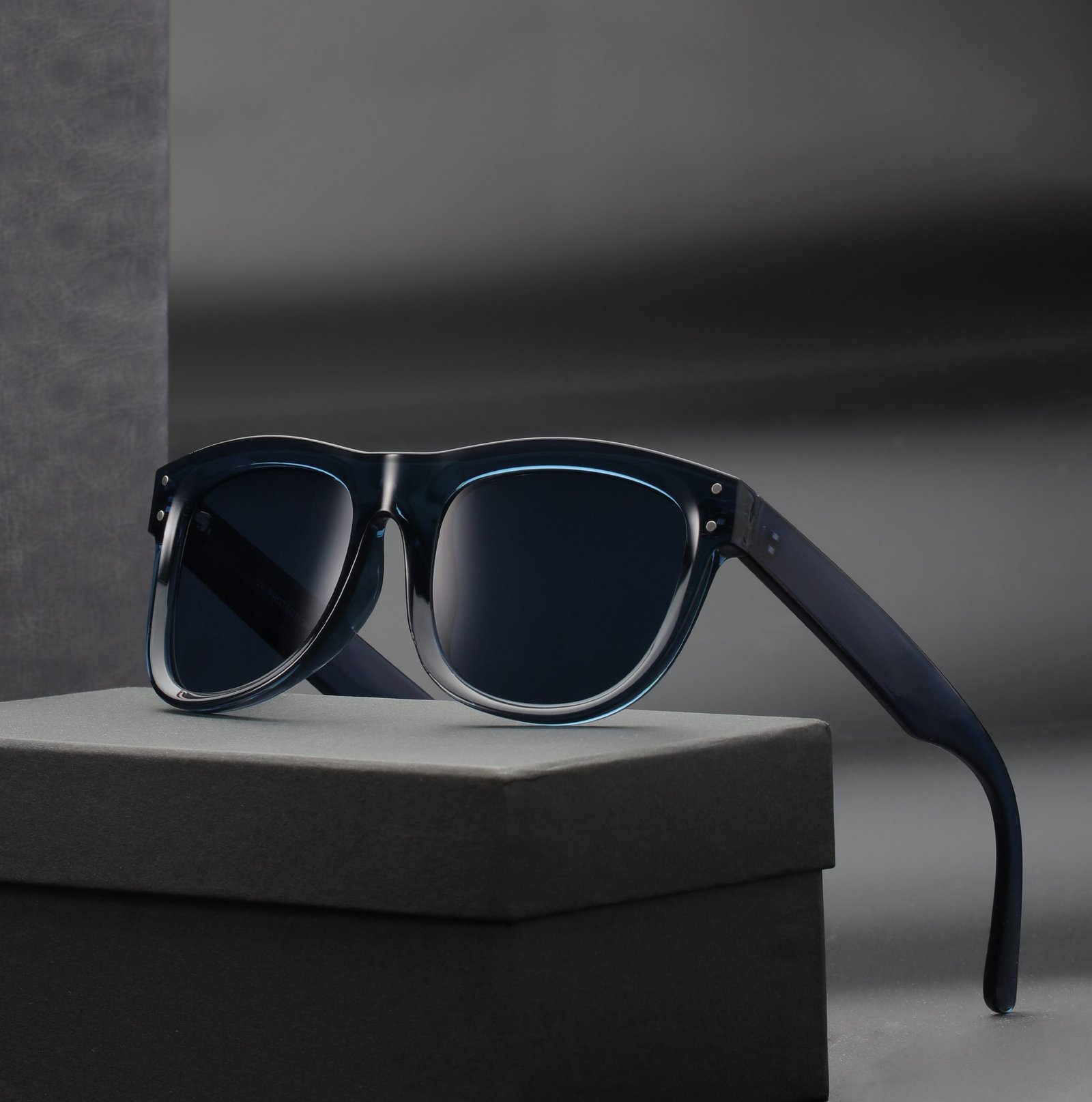
Exploring the Unique Properties of Carbon Fiber Frame Sunglasses: Strength, Lightweight Design, and Durability
Carbon fiber has emerged as a premium material in eyewear design, particularly for sunglasses, due to its exceptional combination of strength, lightweight construction, and resistance to environmental factors. Unlike traditional materials such as plastic or metal, carbon fiber offers a distinct set of advantages that cater to both performance and style. Below, we delve into the key characteristics that make carbon fiber frames a popular choice for those seeking high-quality, functional eyewear.
Unmatched Strength-to-Weight Ratio
One of the most remarkable features of carbon fiber is its incredibly high strength-to-weight ratio. This means that carbon fiber frames are significantly lighter than metal or plastic alternatives while maintaining exceptional structural integrity. The material is composed of thin strands of carbon woven into a fabric, which is then reinforced with resin to create a rigid yet featherlight frame. This makes carbon fiber sunglasses ideal for extended wear, as they exert minimal pressure on the nose and temples, reducing fatigue and discomfort during long days outdoors.
The strength of carbon fiber also ensures that the frames can withstand impact without bending or breaking. Unlike plastic frames, which may crack under stress, or metal frames, which can dent, carbon fiber retains its shape even after exposure to rough handling or accidental drops. This durability is particularly valuable for athletes and individuals with active lifestyles, as the frames can endure the rigors of sports and outdoor adventures without compromising performance.
Additionally, the lightweight nature of carbon fiber does not compromise its ability to support prescription lenses or polarized coatings. Whether you need corrective lenses or advanced optical features, carbon fiber frames provide a stable and secure base, ensuring clear vision without adding unnecessary bulk.
Resistance to Corrosion and Environmental Factors
Carbon fiber is inherently resistant to corrosion, making it an excellent choice for sunglasses exposed to moisture, sweat, or saltwater. Unlike metal frames, which may rust or tarnish over time, carbon fiber remains unaffected by humidity or chemical exposure. This property is especially beneficial for those who enjoy water sports, as the frames will not degrade when used near pools, oceans, or lakes.
The material’s resistance to UV radiation further enhances its longevity. Prolonged exposure to sunlight can cause some plastics to become brittle or discolored, but carbon fiber maintains its color and flexibility even under intense UV rays. This ensures that the frames retain their aesthetic appeal and functional properties for years, regardless of how often they are worn in sunny conditions.
Carbon fiber is also highly resistant to temperature fluctuations. Unlike metal frames, which may expand or contract in extreme heat or cold, carbon fiber maintains its shape and fit across a wide range of environmental conditions. This stability is particularly advantageous for individuals who travel frequently or engage in activities that expose them to varying climates, as the frames will not warp or lose their grip.
Flexibility and Customization Options
Despite its rigidity, carbon fiber can be engineered to offer a degree of flexibility, allowing for a comfortable and adaptive fit. Manufacturers often incorporate flexible hinges or adjustable nose pads into carbon fiber frames to ensure they conform to the wearer’s facial features. This flexibility reduces the risk of slippage during movement, making carbon fiber sunglasses suitable for running, cycling, or other high-energy activities.
The woven structure of carbon fiber also enables intricate design possibilities. Unlike solid metal or plastic frames, carbon fiber can be crafted into complex patterns and textures, adding a unique aesthetic dimension to the eyewear. Some frames feature visible carbon weave patterns, while others incorporate colored resins or metallic accents to create a modern, high-tech appearance. This versatility allows designers to experiment with bold styles without sacrificing the material’s functional benefits.
Furthermore, carbon fiber frames can be produced using sustainable manufacturing processes, appealing to environmentally conscious consumers. The material’s durability reduces the need for frequent replacements, minimizing waste over time. Additionally, some manufacturers use recycled carbon fiber or eco-friendly resins to further enhance the sustainability of their products.
Thermal and Electrical Insulation Properties
Carbon fiber exhibits excellent thermal insulation, meaning it does not conduct heat or cold as readily as metal. This property ensures that the frames remain comfortable to wear in both hot and cold environments, as they will not become uncomfortably warm or cold to the touch. For example, in freezing temperatures, carbon fiber frames will not feel as icy as metal alternatives, making them a more pleasant option for winter sports enthusiasts.
The material’s electrical insulation properties also prevent static buildup, which can be a minor but annoying issue with some plastic frames. This ensures that the sunglasses remain free of static cling, reducing the likelihood of dust or debris sticking to the lenses or frame.
Carbon fiber frame sunglasses combine strength, lightweight design, and environmental resistance to offer a superior eyewear solution. Whether for athletic performance, everyday wear, or fashion-forward styling, the unique properties of carbon fiber make it an ideal material for those seeking durability and comfort in their sunglasses.
